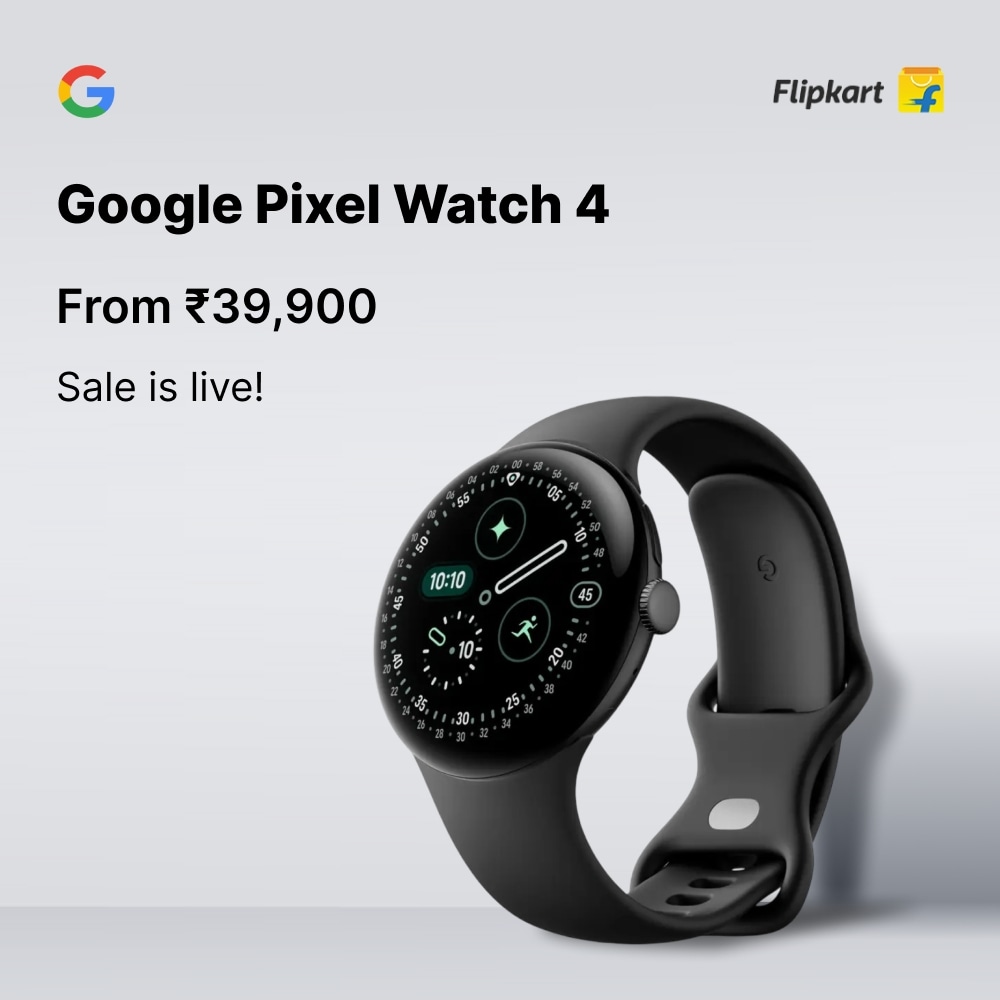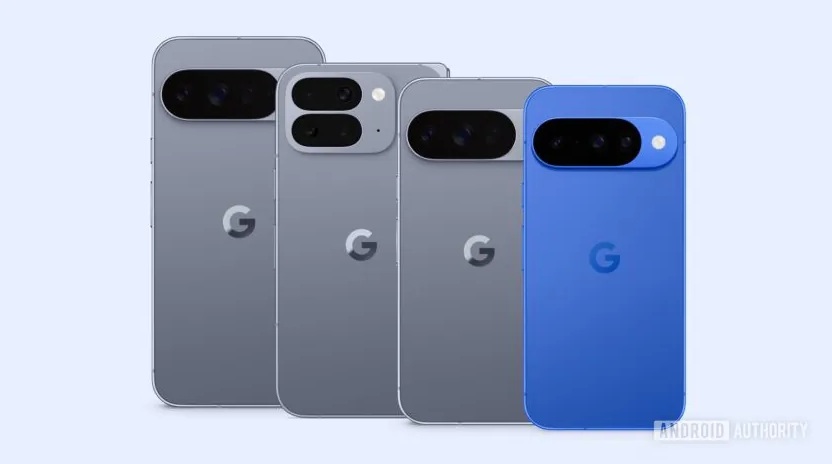#pixel-watch-4
#pixel-watch-4
[ follow ]
#google #smartwatch #pixel-10 #wearables #repairability #pixel-buds-2a #battery-life #actua-360-display #gemini-ai
fromZDNET
2 weeks agoGoogle Pixel Watch 4 is my favorite smartwatch - and it's selling at an all-time low price
I don't usually wear smartwatches because I don't like having a digital screen on my wrist. I also don't want to be available to everyone all the time, so I keep my notifications off -- but that's a story for another day. Unlike most smartwatches, the Pixel Watch 4 is stylish, elegant, and looks nice on the wrist. While the Apple Watch can't overcome its sporty look, Google's wearable can be a dress watch as well as a sports watch.
Gadgets
fromZDNET
2 months agoWhich smartwatch has the best safety features? I tested them all, and here's how Google fares
2025 is shaping up to be the year of satellite-powered smartwatches, with Google, Apple, and Garmin all embracing off-grid emergency services for when you're beyond cellular coverage. The satellite experience for each of these three varies, so make sure to check out the articles on the Apple Watch Ultra 3 and Garmin Fenix 8 Pro for more details on what is required for those remote communications.
Gadgets
fromZDNET
2 months agoI tested the Pixel Watch 4, and it's convinced me to put away my Galaxy Watch 8 for good
Still, some of the less flashy upgrades, like a UI design, bring thoughtful touches and further usability to the AI-powered smartwatch. When Google announced its latest Material 3 Expressive UI, I thought it would be one of those feature upgrades that made a marginal difference in my user experience. But after a few weeks of testing, this design upgrade actually makes the watch fun to look at and cool to use.
Gadgets
Apple
fromZDNET
2 months agoApple Watch Series 11 vs. Pixel Watch 4: I tested both flagships, and here's the winner
Apple Watch Series 11 adds satellite SOS and FDA-cleared hypertension detection, closely paralleling Pixel Watch 4 features while offering stronger data-sharing protections than Google's ecosystem.
fromZDNET
3 months agoI compared the two best Android smartwatches right now - here's how Google wins
They're both Android smartwatches with AI-powered health coaches, they have around the same battery life, brightness, and storage, and notably, they're the same price. Also: Everything announced at Made by Google 2025: Pixel 10 Pro, Fold, Watch 4, and more Of course, you'll get different watch bands and different brand styles, with Google's watch being slightly bigger, but the bones of these devices are almost identical.
Wearables
fromWIRED
3 months agoThe Fitbit App Is Turning Into an AI-Powered Personal Health Coach
Fitbit's smartphone app has undergone several redesigns over the past two years, and now there's another big one coming in October, timed to the launch of the newly announced Pixel Watch 4. Launching as an opt-in review (an open beta), the design centers on Google's AI-powered Personal Health Coach, built with Gemini. The entire app has been rebuilt from the ground up with the new AI coaching feature.
UX design
fromZDNET
3 months agoI tried Pixel Watch 4 - and these are my 7 favorite upgrades in Google's new watch
While the features of the fourth-generation smartwatch are new, the price of the watch will stay the same, at $350 for the 41mm and $400 for the 45mm. The 41mm watch cases come in matte black with an obsidian active band, polished silver with a porcelain active band, champagne gold with a lemongrass active band, and polished silver with an iris active band.
Wearables
Wearables
fromTechCrunch
3 months agoGoogle debuts Pixel Watch 4 with domed display, emergency Satellite Communication | TechCrunch
Pixel Watch 4 features a domed Actua 360 display, standalone satellite emergency communications, on-device Gemini, enhanced AI health tracking, longer battery, and replaceable battery.
[ Load more ]








